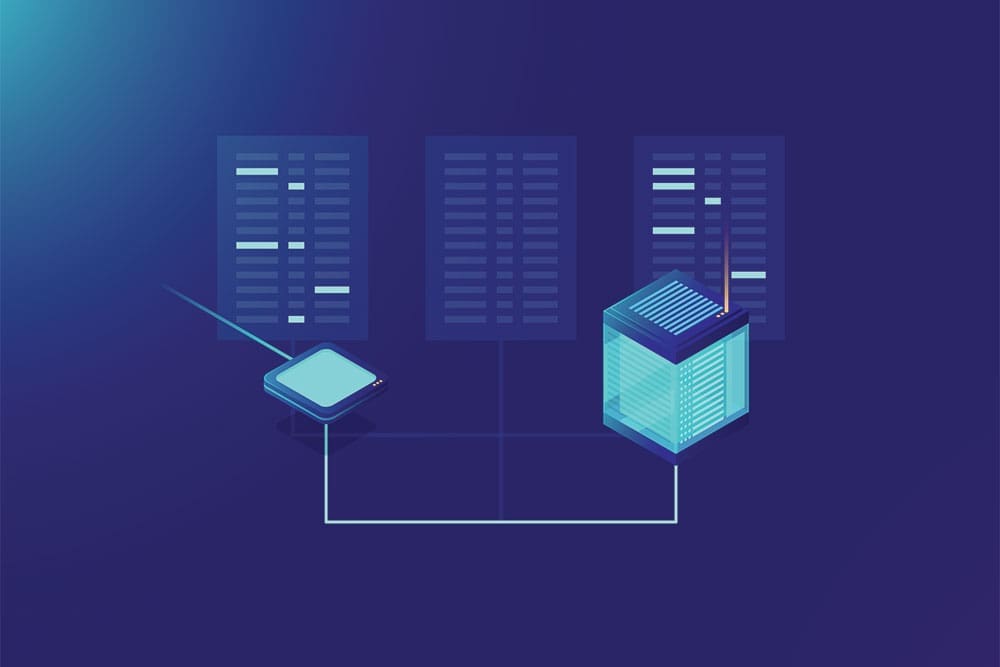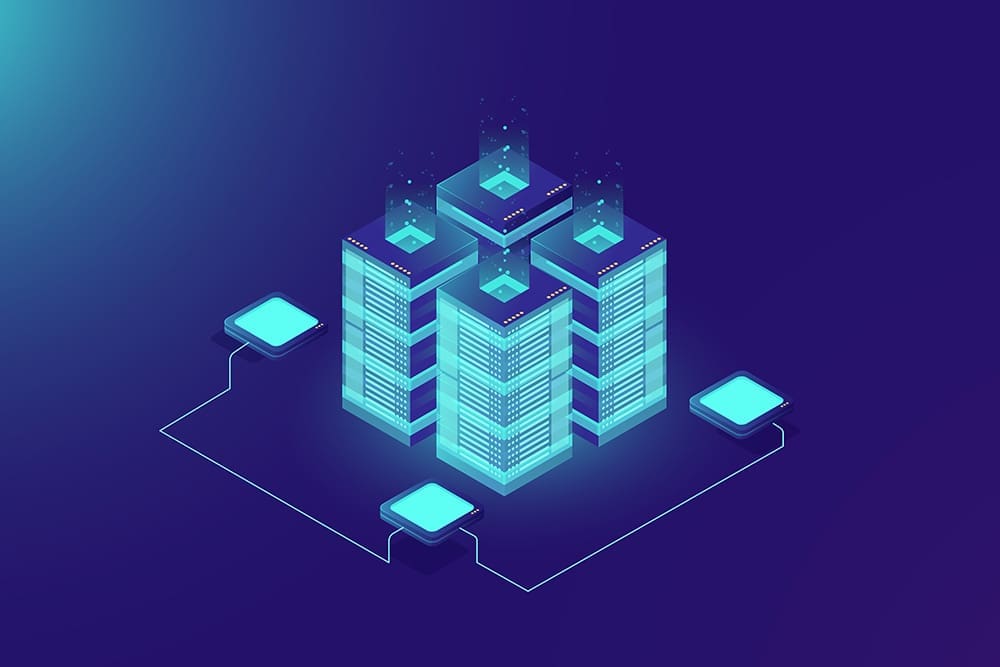Image by fullvector on Freepik
In today’s fast-paced digital landscape, businesses are constantly seeking ways to optimize operations, reduce latency, and enhance customer experiences. While much of the spotlight has been on flashy innovations, one technology is quietly revolutionizing how organizations—and even individuals—process data: edge computing. As a technology consulting firm, we’re excited to explore how this trend—highlighted in recent industry discussions—can empower your business to stay ahead of the curve.
What Is Edge Computing?
Edge computing brings data processing closer to where it’s generated, rather than relying solely on centralized cloud servers. Think of it as moving the brain of your operations to the fingertips—whether that’s a factory floor, a retail store, or even inside a person’s body. By decentralizing computation, edge computing slashes latency, reduces bandwidth costs, and enables real-time decision-making.
A recent article from MIT Technology Review, titled “The promise of edge computing comes down to data” (June 26, 2022), emphasizes how edge computing unlocks real-time insights by processing data where it’s created. The piece, based on discussions from MIT’s Future Compute conference, highlights its growing role in driving transformation across industries—and its potential extends far beyond traditional business settings.
Why It Matters for Your Business
For companies we partner with, edge computing offers practical solutions to real-world challenges. Consider this compelling example: a modern pacemaker embedded in a patient’s body. Instead of constantly streaming raw data to the internet for analysis, the pacemaker uses edge computing to process heart rhythm data locally, making split-second decisions to adjust pacing or alert medical professionals— all without needing a continuous cloud connection. This not only preserves battery life but also ensures critical responses happen instantly.
Here’s how edge computing translates to business value:
- Speed Where It Counts: In industries like retail, edge devices can process customer data on-site—think instant inventory updates or personalized promotions—without cloud delays.
- Cost Efficiency: By reducing reliance on massive data transfers to centralized servers, businesses can cut bandwidth expenses, a critical factor as data volumes soar.
- Resilience: Edge computing keeps operations running even when internet connectivity falters, a boon for remote or rugged environments like construction sites or oil rigs.
Real-World Wins
Take a logistics firm we recently consulted: they implemented edge computing to monitor fleet performance in real time. Sensors on trucks processed data locally, flagging maintenance issues before they became costly breakdowns—all without waiting for a cloud connection. The result? A 15% reduction in downtime and happier customers. Just like the pacemaker example, this shows how edge computing delivers actionable insights exactly where they’re needed.
How We Can Help
At Wardbler, we specialize in turning emerging tech like edge computing into tangible business value. Whether you’re looking to modernize your infrastructure, boost operational efficiency, or future-proof your systems, our team can guide you through:
- Assessing your current setup to identify edge-ready opportunities.
- Designing tailored solutions that balance edge and cloud for maximum impact.
- Implementing secure, scalable systems that grow with your needs.
The Edge Is Now
The MIT Technology Review article underscores a key point: edge computing isn’t a distant dream—it’s here, and it’s reshaping how businesses operate. From pacemakers making life-saving calculations to logistics fleets optimizing routes, edge computing proves its worth in 2025. The question isn’t whether to adopt it, but how quickly you can leverage it to outpace the competition.
Ready to explore the edge? Contact us today to see how we can bring this technology to your doorstep—literally.




